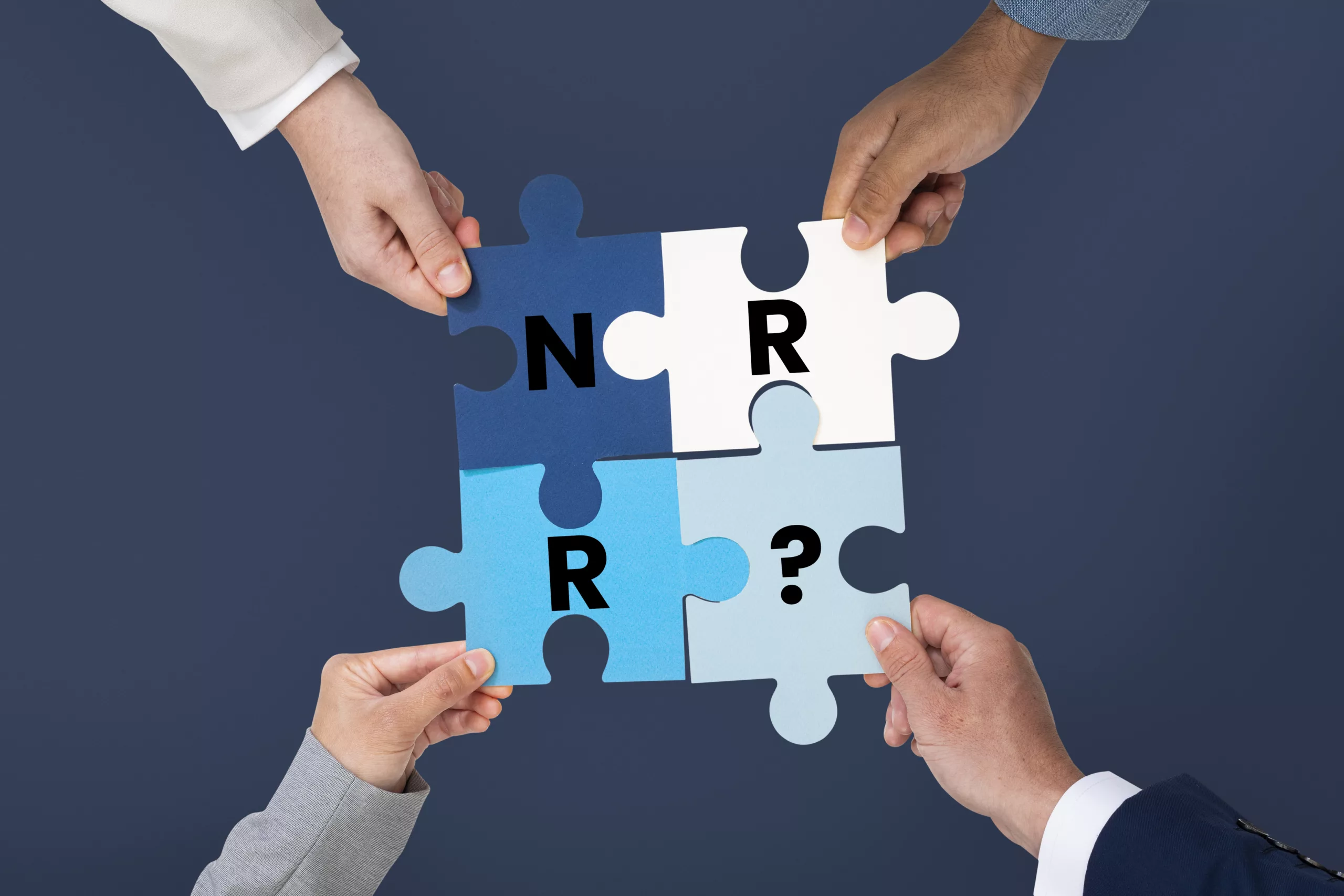The “Rule of 40” is a common benchmark used by many B2B tech companies to measure their success. The Rule of 40 is the sum of a company’s growth rate and profit margin, and a result of 40 or higher is considered a good indicator of a healthy and sustainable business. But how can B2B tech companies ensure they achieve a great Rule of 40 result? The answer lies in understanding the role of Net Revenue Retention (NRR) in driving customer success and ultimately, business growth.
What is the Rule of 40 and Why Does it Matter for B2B Tech Companies?
The Rule of 40 is a formula that takes into account a company’s growth rate and profit margin. A result of 40 or higher indicates a healthy and sustainable business. B2B tech companies often strive for a Rule of 40 result as it demonstrates to investors, stakeholders, and customers that the company is financially stable and has a solid growth trajectory.
The Key Role of Net Revenue Retention (NRR) in Achieving a Great Rule of 40 Result
Net Revenue Retention (NRR) is a key component in achieving a great Rule of 40 result for B2B tech companies. NRR measures the amount of revenue a company retains from existing customers over a period of time. By retaining existing customers and increasing their spending, B2B tech companies can improve their NRR and achieve a better Rule of 40 result. This is because it’s more cost-effective to retain existing customers than to acquire new ones.
To calculate NRR, companies need to track the revenue generated from their existing customers over a period of time, typically a year. This includes revenue from renewals, upsells, cross-sells, and expansions. Then, the revenue lost due to churn, downgrades, and cancellations is subtracted from the total revenue generated from existing customers. The resulting percentage is the NRR.
Understanding NRR: The Customer Success Perspective
The success of NRR heavily relies on Customer Success. A customer success team is responsible for ensuring that customers achieve their desired outcomes while using a product or service. By doing so, customer success teams can improve customer satisfaction, reduce churn, and increase revenue from existing customers. This is where NRR comes into play. By measuring NRR, B2B tech companies can gain insight into the effectiveness of their customer success efforts and identify areas for improvement.
To achieve a great NRR, B2B tech companies need to focus on customer success. This involves:
- Understanding the customer journey: B2B tech companies should understand their customers’ needs and challenges and how their product can help them achieve their desired outcomes. By understanding the customer journey, companies can provide the right support and resources at each stage of the journey.
- Providing excellent customer support: B2B tech companies should offer a variety of support channels, including email, phone, and chat, and ensure that support agents are knowledgeable and responsive. Customer support should be available 24/7 to ensure that customers can get help when they need it.
- Personalizing the customer experience: B2B tech companies should leverage customer data to provide tailored experiences and offer relevant product recommendations. By personalizing the customer experience, companies can increase customer satisfaction and loyalty.
- Offering ongoing training and education: B2B tech companies should provide customers with resources, such as webinars and knowledge bases, to help them get the most out of their product or service. By offering ongoing training and education, companies can empower their customers to succeed
Summary and Conclusion:
The Rule of 40 is a critical benchmark for B2B tech companies, and achieving a great result depends on several factors. Among them, Net Revenue Retention (NRR) is a key component that B2B tech companies should focus on to improve their Rule of 40 result. By understanding NRR and the importance of customer success in driving it, B2B tech companies can retain more customers, reduce churn, and increase revenue from existing customers. A customer success team that understands the customer journey, provides excellent customer support, personalizes the customer experience, and offers ongoing training and education can help B2B tech companies achieve a great NRR and Rule of 40 result. Ultimately, a high NRR and Rule of 40 result are key indicators of a healthy and sustainable business, which is critical for the long-term success of B2B tech companies.

